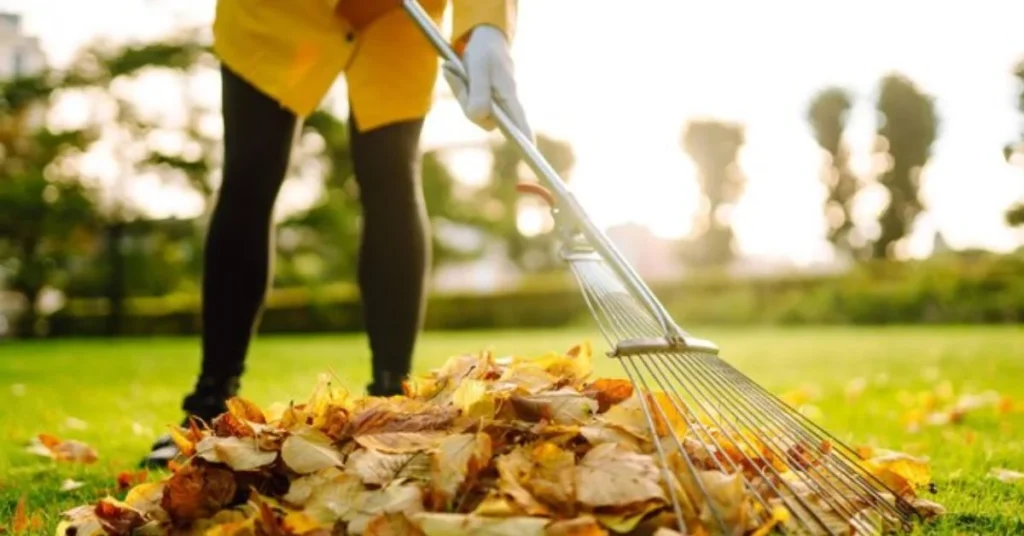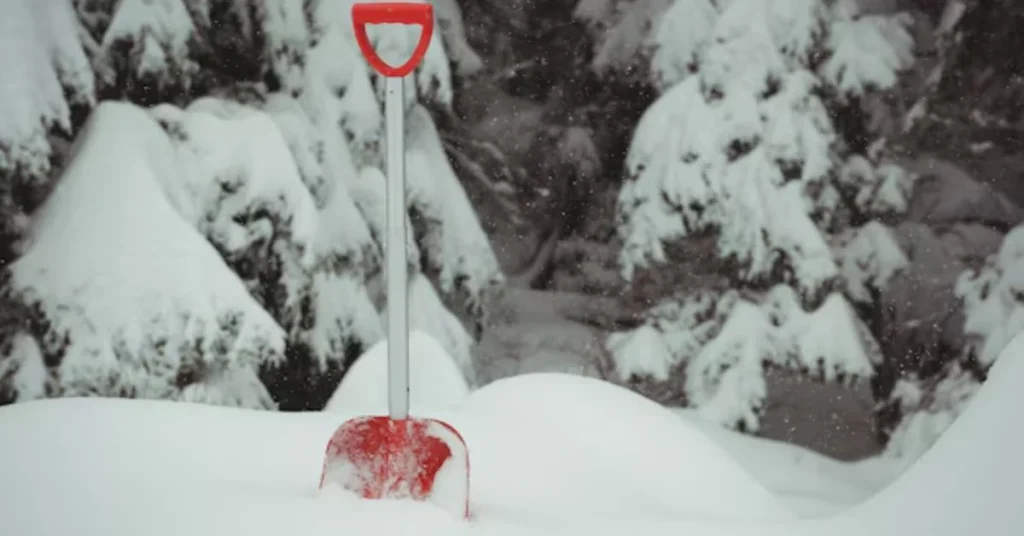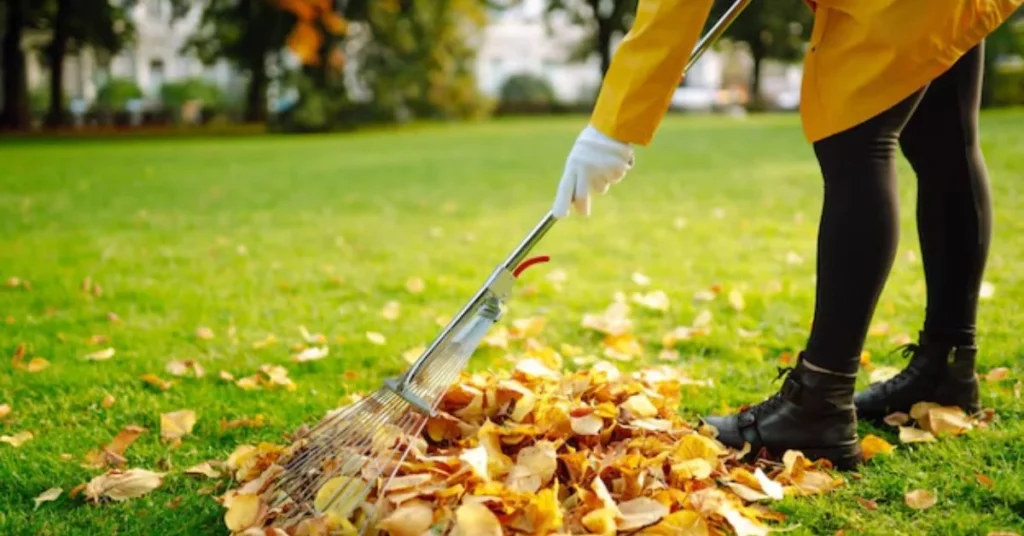
As the temperature drops and the snow starts to fall, many homeowners might think it’s time to forget about their lawns. However, winter lawn care is crucial to ensure that your grass comes back lush and healthy in the spring. By taking a few simple steps, you can protect your lawn from the harsh effects of winter weather. In this guide, we’ll explore everything you need to know about caring for your lawn during the cold months, including preparation tips, maintenance strategies, and common mistakes to avoid.
Why Winter Lawn Care Matters
Winter lawn care is often overlooked, but it’s essential for maintaining a healthy yard year-round. While the grass may not grow actively in winter, what you do now can make a big difference when the weather warms up. By taking proper care of your lawn in winter, you help prevent common issues like frost damage, snow mold, and compacted soil. Additionally, a little effort during winter can save you time and money on repairs when spring arrives.
Preparing Your Lawn for Winter
Getting your lawn ready for the cold season is the first step in winter lawn care. Here are some important steps to prepare your grass before the snow arrives:
1. Fall Fertilization
- Applying a high-quality winter fertilizer in the late fall helps to strengthen your grass roots before the ground freezes. This ensures that your lawn has the nutrients it needs to survive the winter.
- Look for a fertilizer high in potassium, which helps grass withstand cold weather. The National Association of Landscape Professionals recommends applying this before the first frost.
Must read Cheap Lawn Care for Seniors: Tips, Services, and Ways to Save
2. Final Mowing
- Gradually lower the height of your mower in the weeks leading up to winter. The last mow of the season should leave your grass around 2 to 2.5 inches tall.
- Shorter grass helps prevent disease and reduces the risk of snow mold developing under the snow cover.
3. Rake and Remove Leaves
- Fallen leaves can create a thick layer on your lawn that blocks sunlight and traps moisture, leading to mold growth. Raking leaves before the first snowfall is a crucial part of winter lawn care.
- Additionally, removing debris helps keep your lawn looking tidy and prepares it for the next steps in winterization.

4. Aeration
- Aerating your lawn in late fall can improve air circulation, reduce soil compaction, and allow water and nutrients to reach the roots more effectively.
- Many homeowners rent aeration tools from garden centers or hire a professional service. Aeration helps roots stay healthy and prepares the soil for the next growing season.
Winter Lawn Maintenance Tips
Once your lawn is prepped for winter, you still need to keep an eye on a few things during the colder months. Here are some essential winter lawn care practices:
1. Limit Foot Traffic
- Walking on a frozen lawn can damage the grass blades, leading to bare spots when spring arrives. Try to keep foot traffic to a minimum during winter.
- If you need to walk across your lawn frequently, create a designated path using stepping stones or other temporary solutions.
2. Keep an Eye on Snow Accumulation
- While snow can act as an insulating blanket for your grass, excessive snow piles can cause damage. Avoid piling snow on your lawn when shoveling driveways or sidewalks.
- In areas with heavy snowfall, consider using snow removal services to help keep your lawn clear.
3. Clear Ice and Debris
- After a storm, it’s a good idea to clear away fallen branches or heavy debris that could smother the grass underneath. This helps prevent damage to your lawn’s roots.
- When clearing ice, use pet-safe ice melt products that won’t harm your grass or soil.

Common Winter Lawn Problems and How to Avoid Them
Even with the best winter lawn care, issues can arise. Here are a few common problems and tips on how to avoid them:
1. Snow Mold
- Snow mold is a fungal disease that appears when snow covers unfrozen ground for long periods. To prevent it, keep your lawn at the right height and avoid creating snow piles.
- Rake lightly in early spring to help the grass recover if snow mold appears.
2. Desiccation
- Dry winter winds can cause your grass to lose moisture, leading to desiccation or winter burn. Watering your lawn deeply before the ground freezes can help it retain moisture.
- You can also use anti-desiccant sprays, available at most garden stores, to help protect your lawn during harsh conditions.
3. Frost Damage
- Grass blades can become brittle during frost, making them more prone to damage. Avoid walking on your lawn during frosty mornings to prevent breaking the blades.
Conclusion
Taking the time to implement a winter lawn care routine can make a significant difference in the health of your lawn when spring arrives. By properly preparing your lawn, using the right maintenance techniques, and being aware of potential problems, you can keep your grass healthy and ready for the new growing season. Remember, a little effort now can save you from dealing with costly repairs and extra work later on.For more tips on maintaining a healthy Winter Lawn Care year-round, check out the resources from the National Association of Landscape Professionals and the American Horticultural Society. These organizations provide expert advice on lawn care and gardening throughout the year.

How often should I fertilize my lawn for winter?
Fertilizing once in late fall before the first frost is usually sufficient for winter lawn care. Choose a winter-specific fertilizer to strengthen roots and prepare for the cold.
Can I mow my lawn during winter?
It’s best to avoid mowing your lawn during winter. The last mow should be before the first frost, with grass left around 2-2.5 inches tall to prevent snow mold.
How do I prevent snow mold on my lawn?
To prevent snow mold, rake up leaves before winter, keep grass at a proper height, and avoid creating large snow piles. If snow mold appears, rake the affected area lightly in spring.
Should I water my lawn during winter?
Watering is typically not necessary during winter unless you live in a very dry area with no snow cover. A deep watering before the ground freezes can help grass retain moisture through winter.
What is the best grass type for surviving winter?
Cool-season grasses like Kentucky bluegrass, fescue, and ryegrass are best suited for winter conditions. They are more resilient to cold weather and can recover quickly in the spring.







